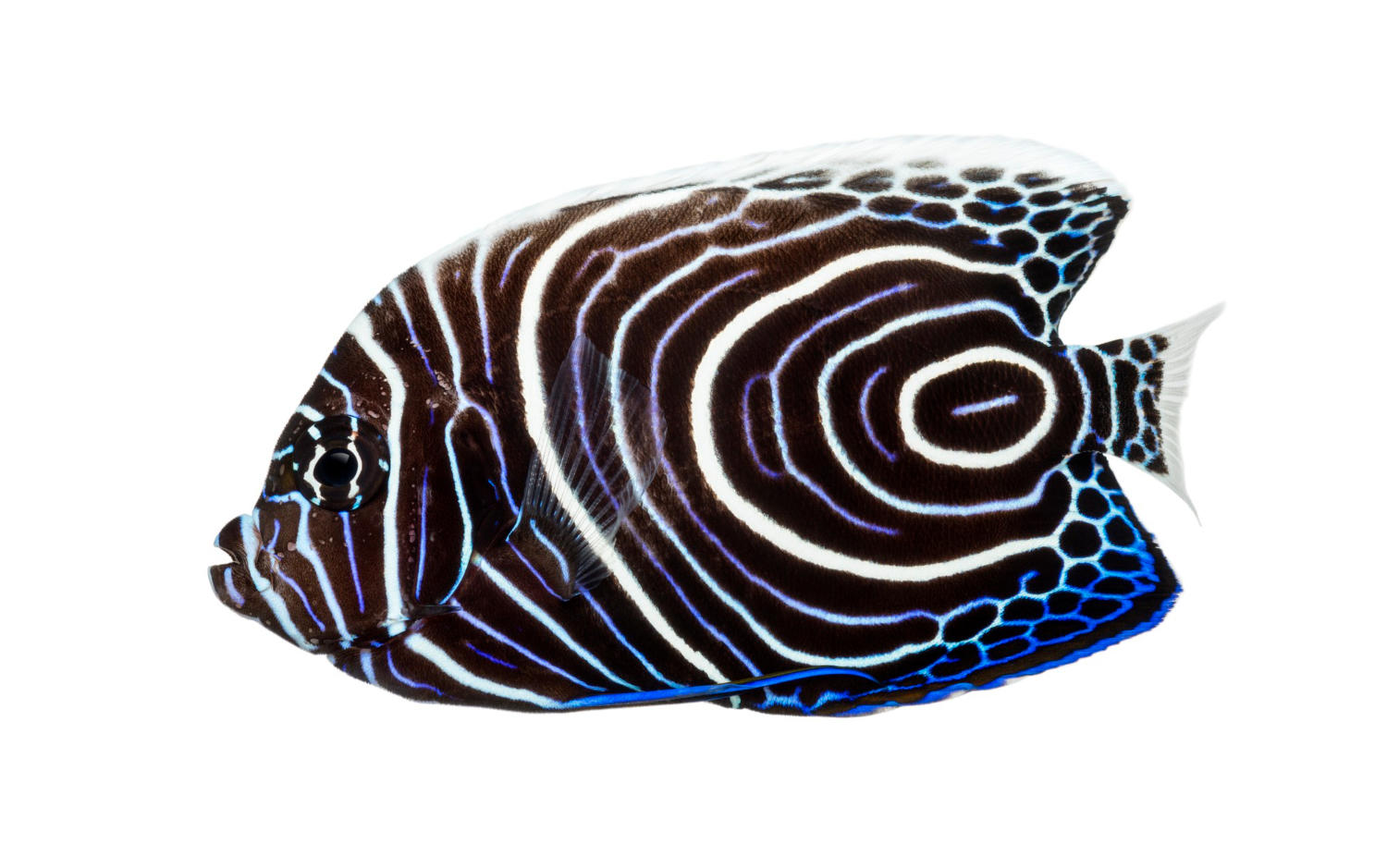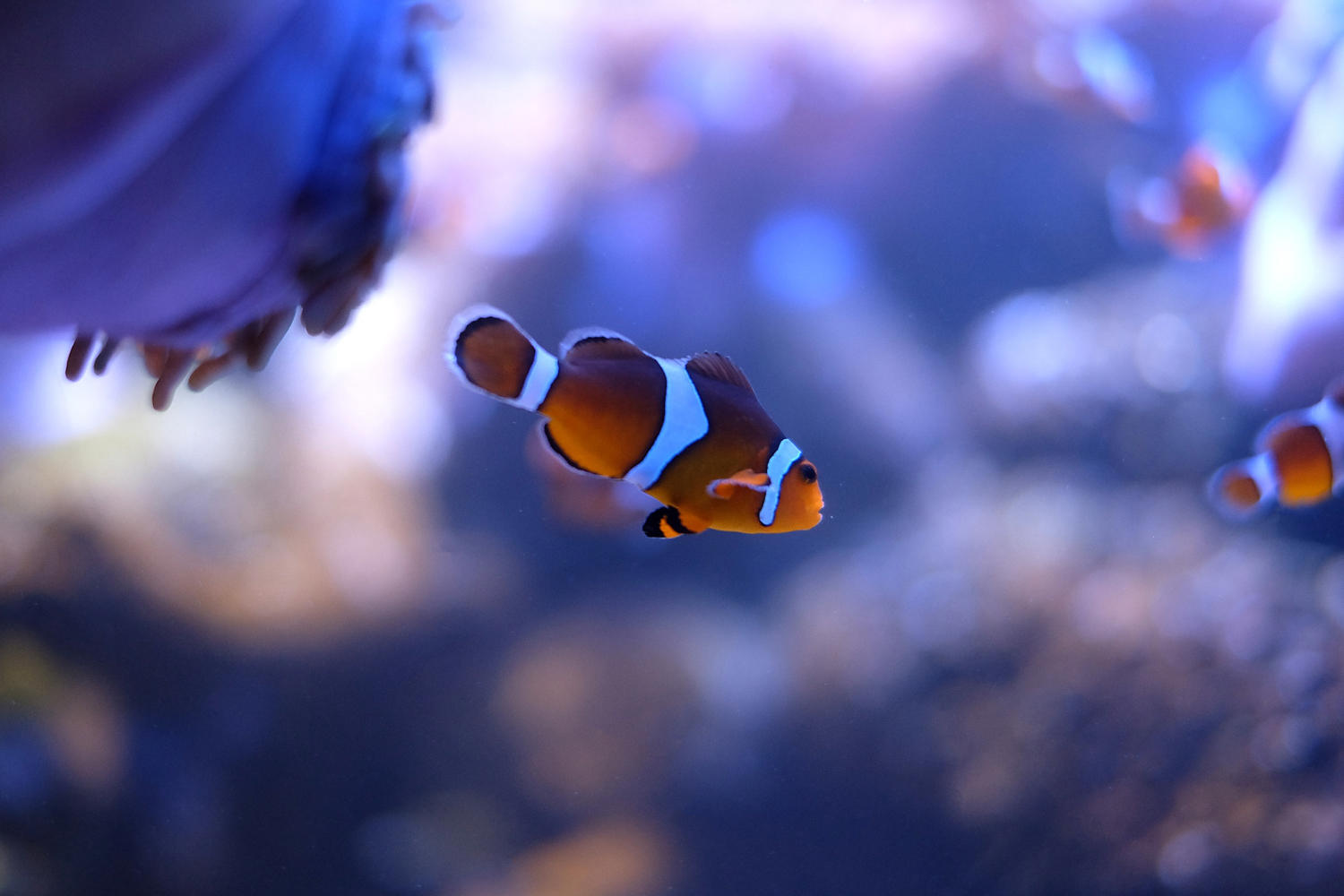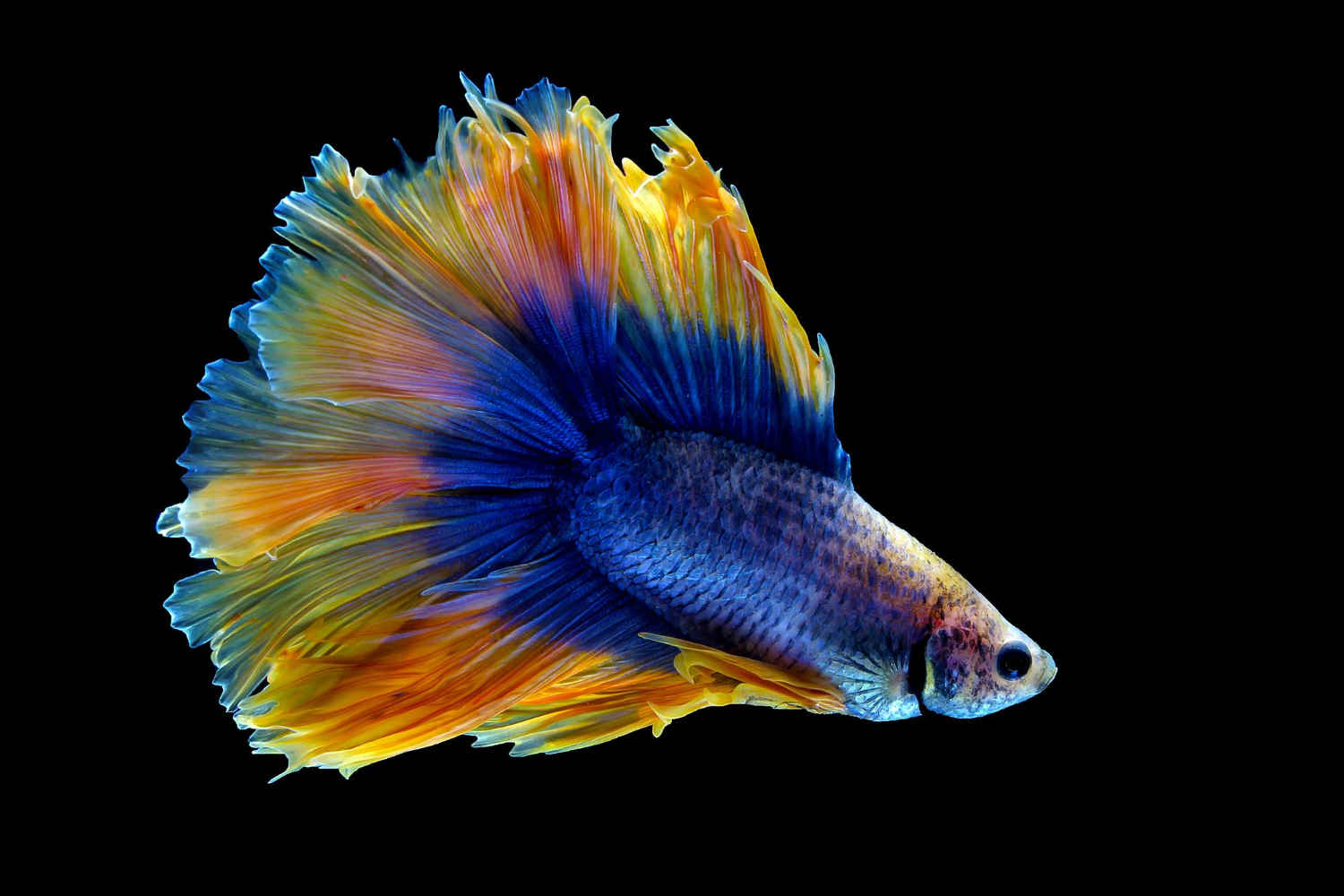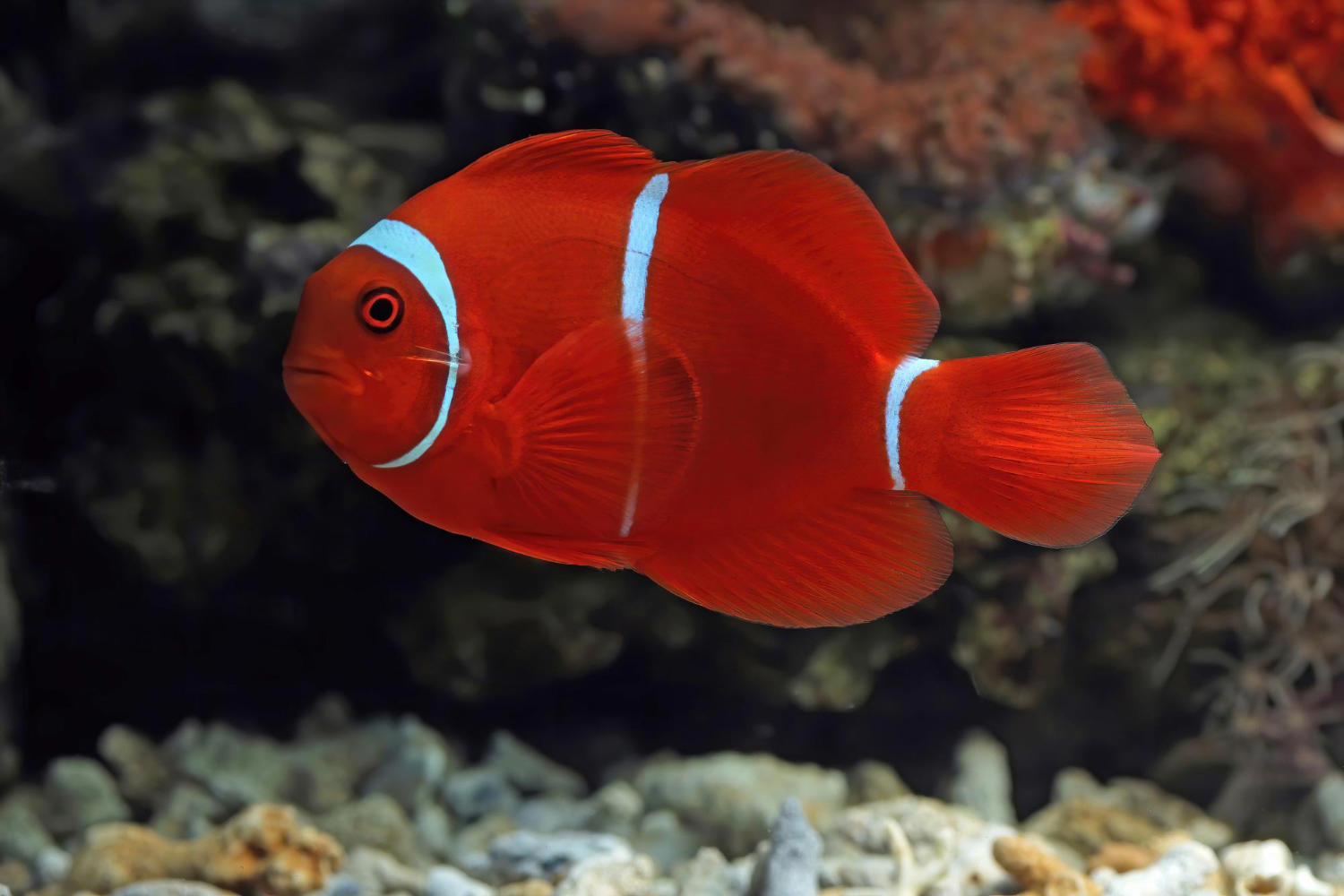If you’re new to the world of fishkeeping, setting up your first fish tank can be an exciting but overwhelming experience. One of the crucial decisions you’ll have to make is selecting the right substrate for your fish tank. The substrate is the material that lines the bottom of your tank, providing a foundation for your plants, fish, and other aquatic organisms. With so many options available in the market, it can be challenging to decide which one is best for your fish tank. In this beginner’s guide, we’ll explore the different types of substrates available, their benefits, and help you choose the right one for a healthy aquatic environment.
Choosing the right substrate for your fish tank is a critical decision for any aquarist. The substrate plays a crucial role in the overall health and well-being of your fish and aquatic plants. A good substrate will provide a suitable environment for your fish to thrive, while a poor substrate can lead to health problems and even death.
In this beginner’s guide to choosing the right substrate for your fish tank, we will discuss the different types of substrates available, the benefits of each type, and how to select the best substrate for your aquatic environment.
Types of Substrates
There are several types of substrates available, each with its own unique benefits and drawbacks. The most common types of substrates include:
1. Gravel
Gravel is the most commonly used substrate for fish tanks. It is available in a range of colors and sizes, and it is relatively inexpensive. Gravel provides a natural look to your tank, and it is easy to clean.
2. Sand
Sand is another popular option for fish tank substrates. It is available in different textures and colors, and it provides a natural look to your tank. Sand is also a great choice for heavily planted tanks, as it allows plants to anchor their roots.
3. Crushed Coral
Crushed coral is a popular substrate choice for saltwater tanks. It helps to maintain a stable pH level and provides a suitable environment for many saltwater fish and invertebrates.
4. Soil
Soil is a popular substrate for planted tanks. It provides a nutrient-rich environment for plants to grow, and it is also beneficial for fish. However, it can be messy and difficult to clean.
Benefits of Substrates
Each type of substrate offers unique benefits to your fish and aquatic plants. Some of the benefits of using substrates in your fish tank include:
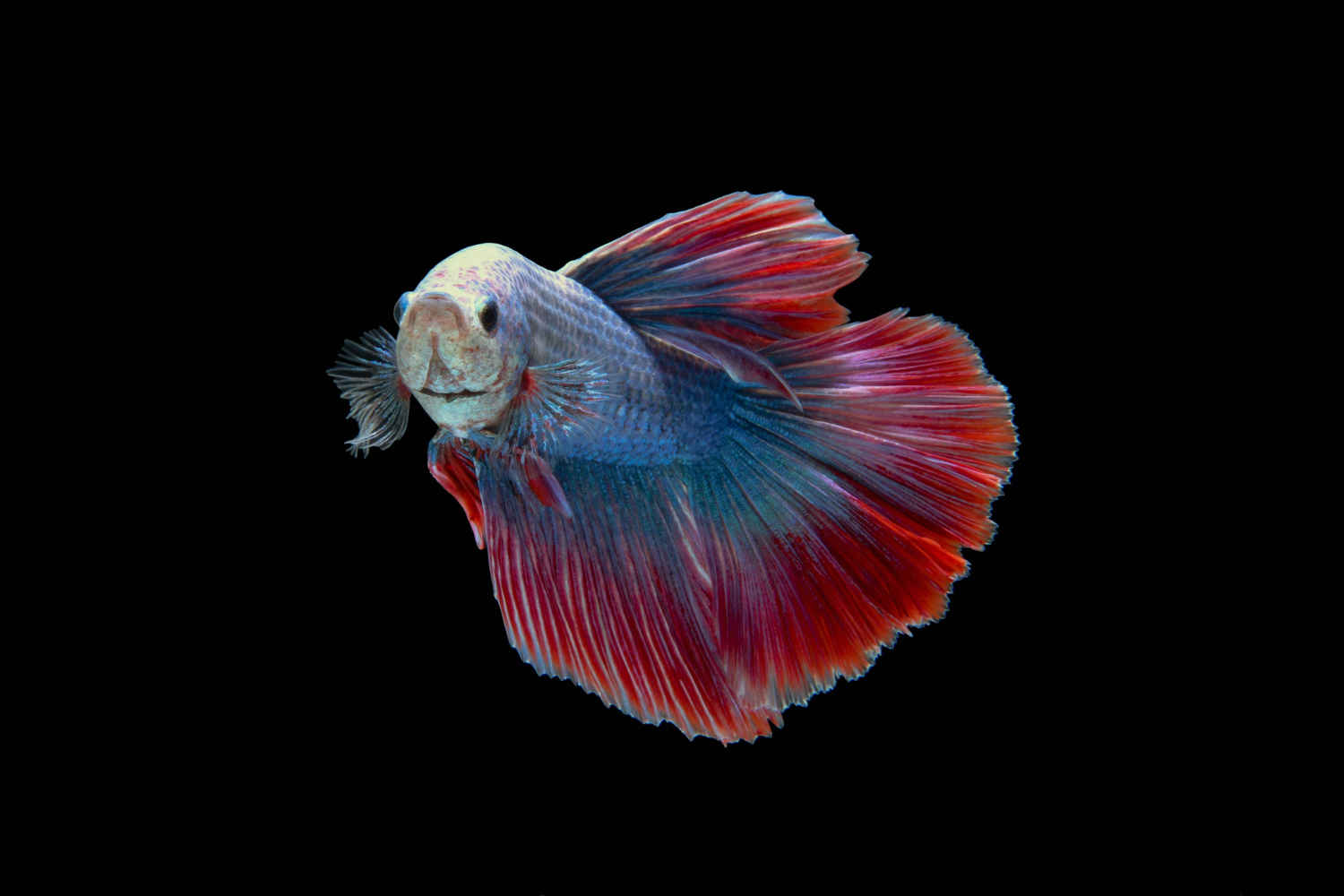
1. A natural look: Substrates provide a natural look to your tank, making it more visually appealing.
2. Anchoring plants: Substrates help to anchor plant roots, providing a stable environment for growth.
3. Maintaining pH levels: Certain substrates, such as crushed coral, can help to maintain stable pH levels, which is important for the health of your fish and invertebrates.
4. Beneficial bacteria growth: Substrates provide a surface for beneficial bacteria to grow, which helps to maintain a healthy environment for your fish.
Selecting the Best Substrate
When selecting the best substrate for your fish tank, there are several factors to consider, including:
1. Type of fish: Different types of fish require different types of substrates. For example, bottom-dwelling fish, such as catfish, prefer sand substrates, while cichlids prefer gravel.
2. Type of plants: If you have heavily planted tanks, you may want to consider using a soil substrate to provide nutrients for your plants.
3. Water chemistry: The pH level of your water can be affected by the type of substrate you choose. If you have a saltwater tank, you may want to consider using crushed coral to maintain a stable pH level.
4. Maintenance requirements: Some substrates are easier to clean than others. Consider the maintenance requirements of each substrate before making your final decision.
Choosing the right substrate for your fish tank is an important decision that should not be taken lightly. The right substrate can provide a suitable environment for your fish and aquatic plants to thrive, while the wrong substrate can lead to health problems and even death. By considering the type of fish and plants you have, your water chemistry, and the maintenance requirements of each substrate, you can select the best substrate for your aquatic environment.
In conclusion, choosing the right substrate for your fish tank is crucial for creating a healthy and thriving aquatic environment. The type of substrate you choose will depend on various factors, including the type of fish you have, the plants you want to grow, and your personal preferences. Remember to always research and consult with experts before making any decisions. By providing your fish with the proper substrate, you are not only creating a beautiful underwater habitat but also ensuring the health and longevity of your aquatic pets. So, take your time, do your research, and choose the best substrate for your fish tank to create a happy and healthy home for your underwater friends.


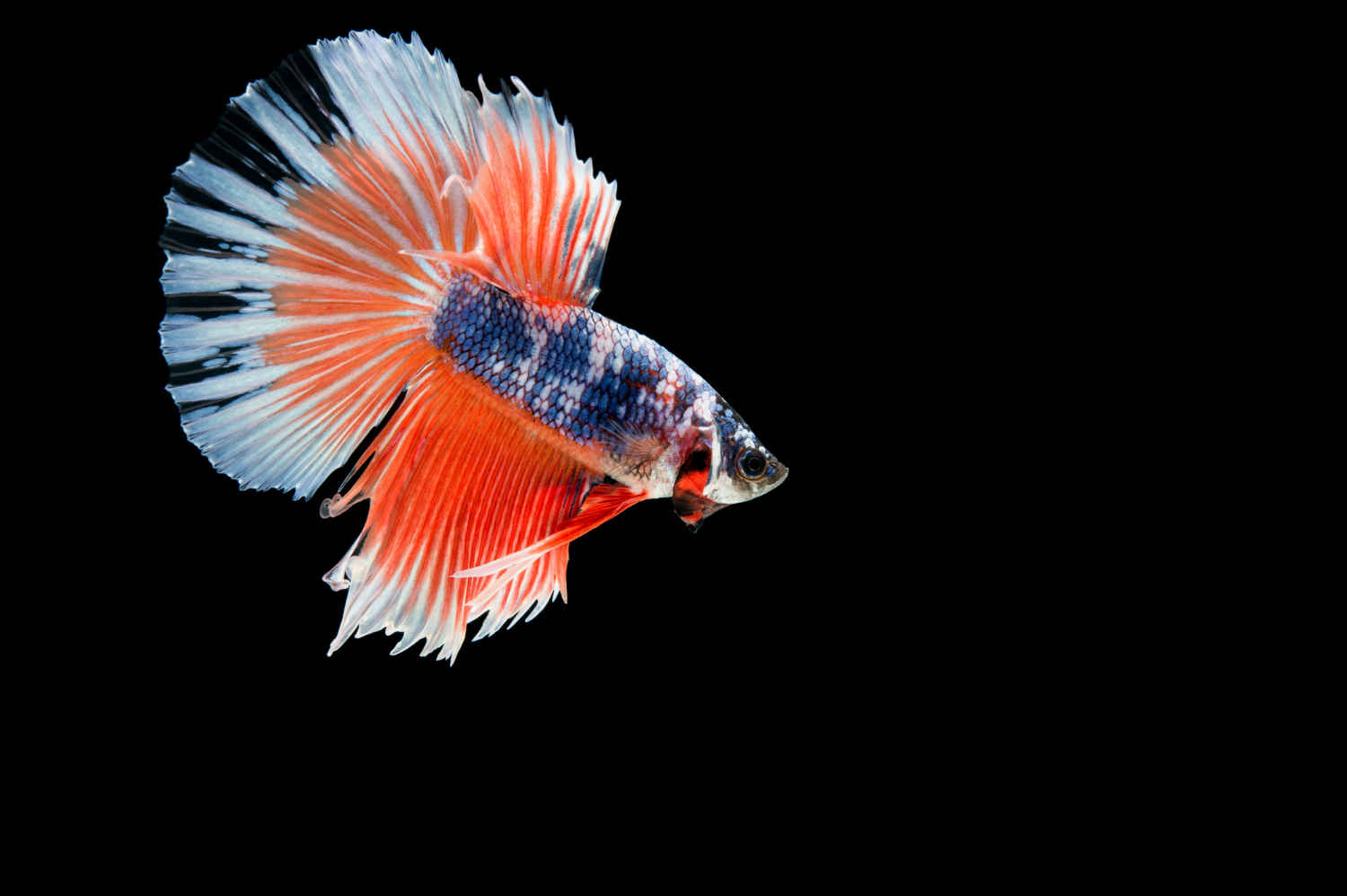
.jpg)
